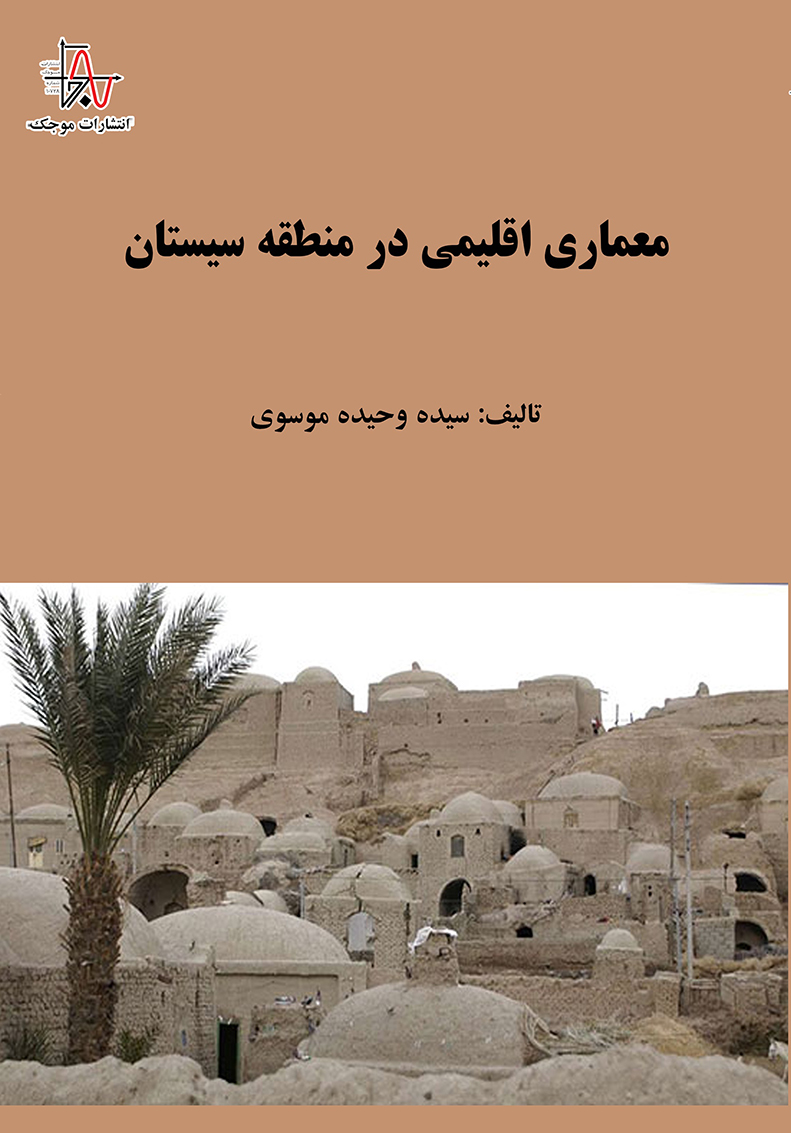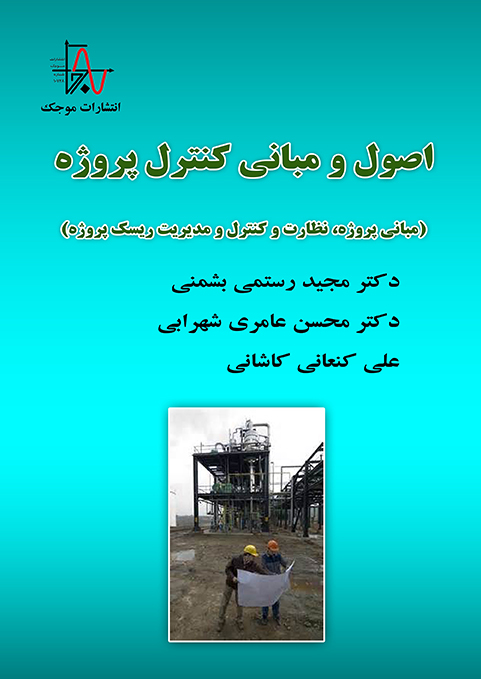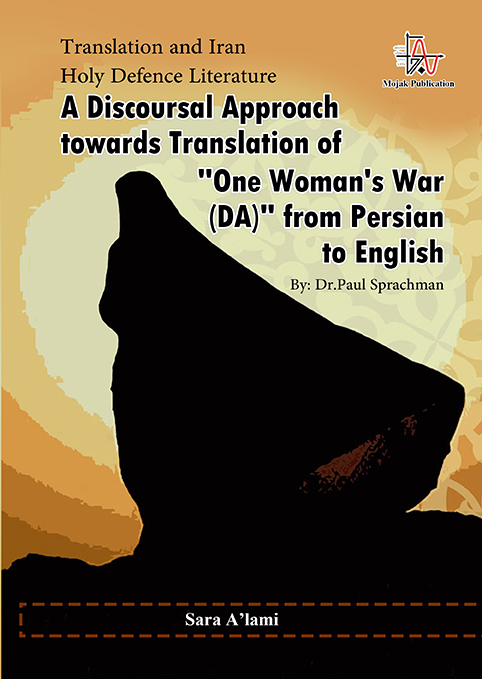ناشر : انتشارات موجک (ناشر دانشگاهی)
کد کتاب : M901
عنوان : معماری اقلیمی در منطقه سیستان
تالیف : سیده وحیده موسوی
مشخصات ظاهری : ۴۴ صفحه، قطع وزیری
چاپ اول : بهار ۱۴۰۲، تيراژ : ۵۰۰ جلد
قيمت : ۱۲۸۰۰۰۰ ريال، شابک : ۹-۵۷۱-۹۹۴-۶۰۰-۹۷۸
حقوق چاپ و نشر برای ناشر محفوظ است.
————————————————————————————————————————————————————————————————————————–
Publisher: Mojak Publication (academic publisher)
Book code: M901
Title: Climatic architecture in Sistan region
Written by: Sayeda Vahida Mousavi
Appearance specifications: 44 pages, ministerial cut
First edition: spring 1402, circulation: 500 volumes
Price: 1280,000 riyals, Shabak: 978-600-994-571-9
Copyright is reserved for the publisher.






نقد و بررسیها
هیچ دیدگاهی برای این محصول نوشته نشده است.